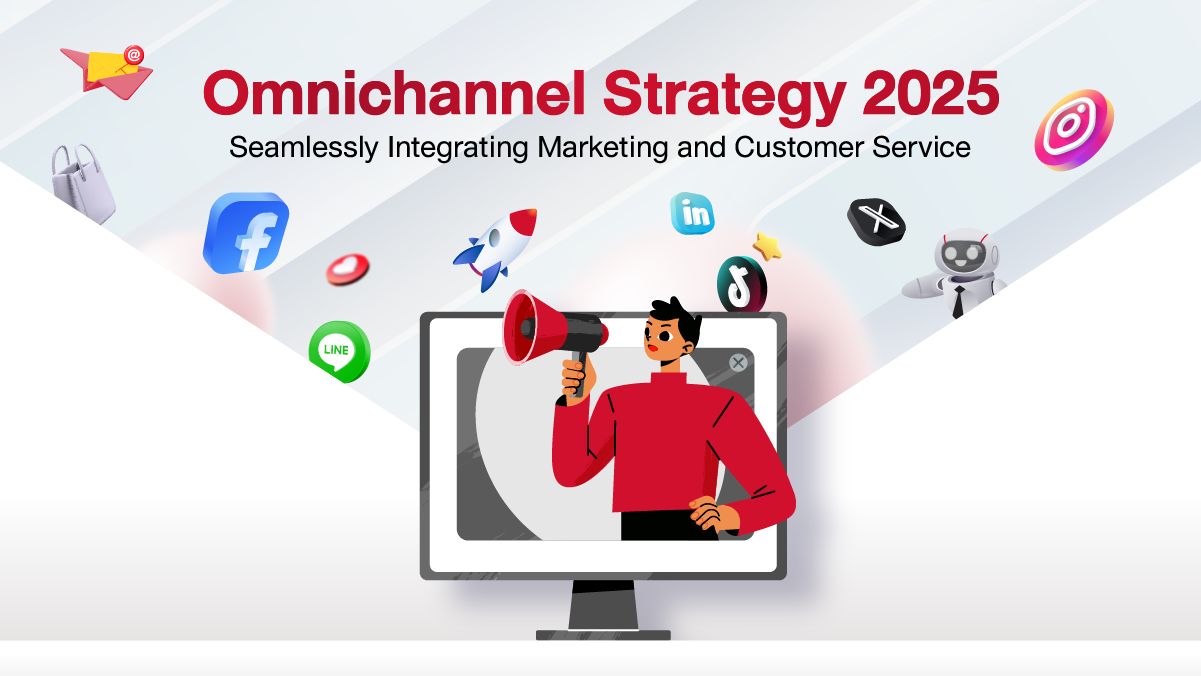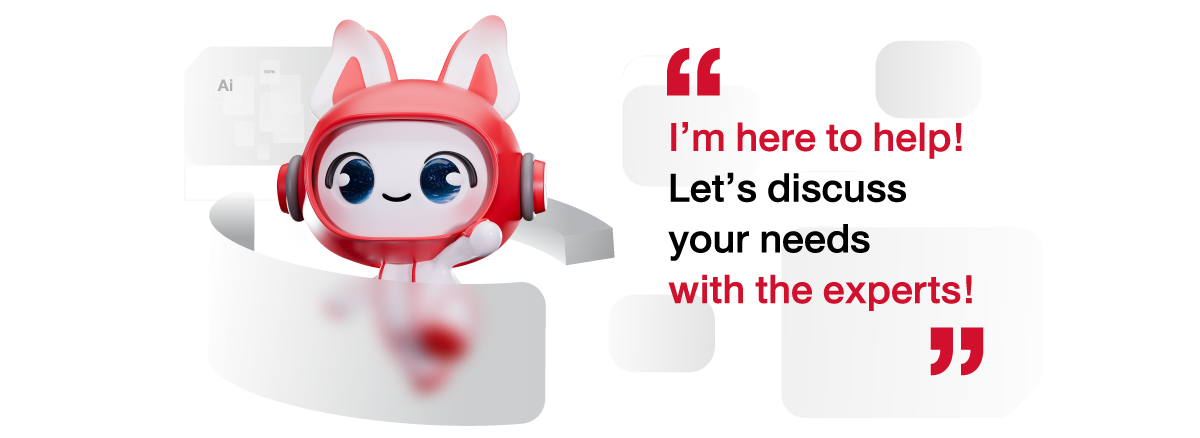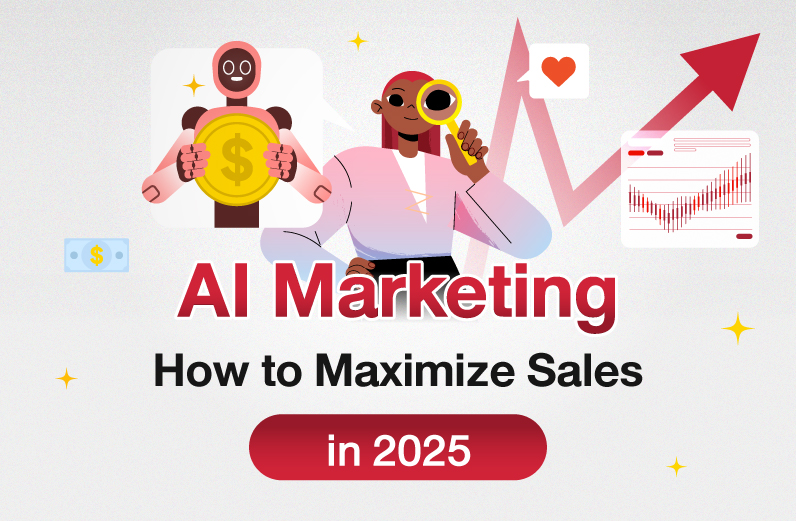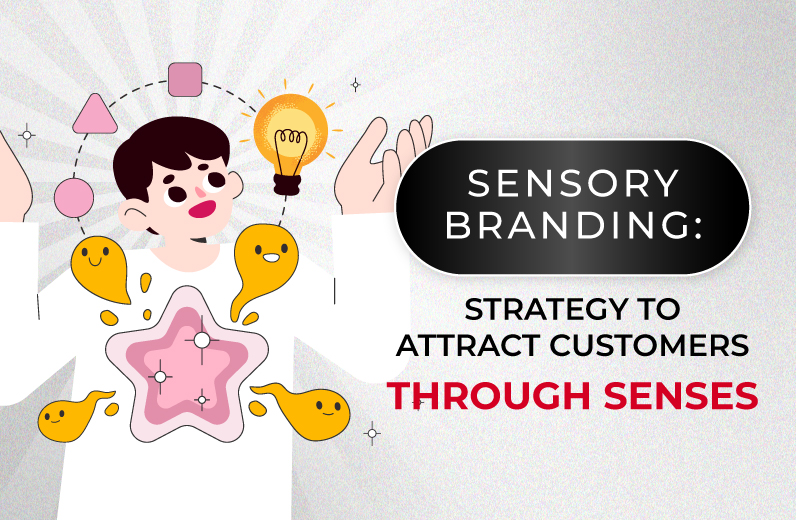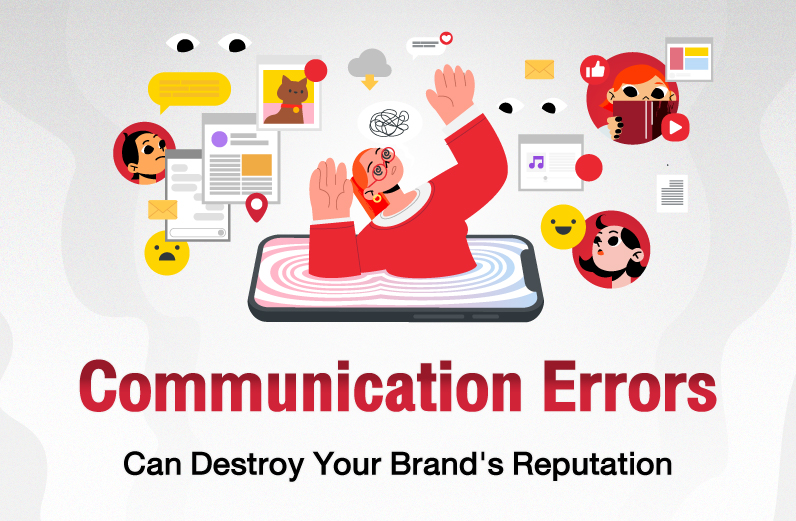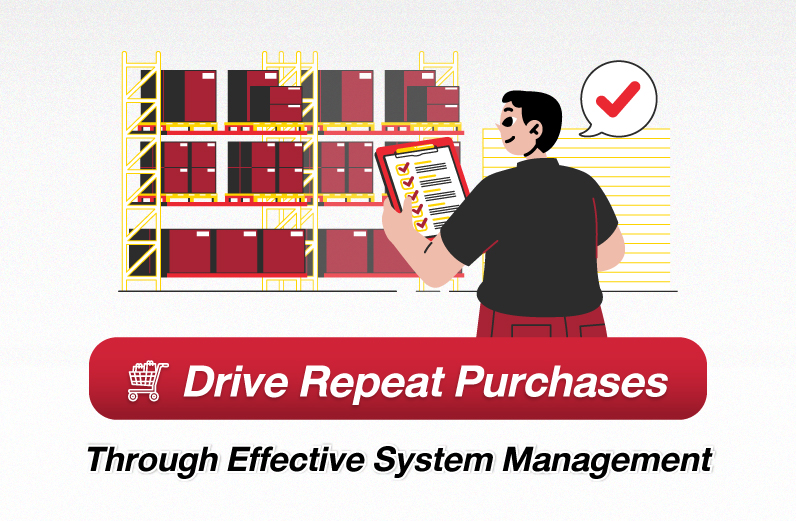Omnichannel Strategy 2025: Seamlessly Integrating Marketing and Customer Service
Why Omnichannel Matters in 2025
Consumer behavior has drastically evolved in 2025. Customers no longer engage with brands through just one channel—they move across LINE, Facebook, phone calls, websites, and mobile apps. More importantly, they expect continuous and consistent experience, regardless of the platform they use.
Brands that still separate marketing from customer service risk delivering fragmented, inconsistent journeys that may lead to lost opportunities and reduced customer satisfaction. In today’s environment, true omnichannel integration is not an option, it’s a necessity.
The Modern Contact Center: Beyond Answering Questions
Today’s contact centers do more than respond to inquiries—they play a vital role in delivering a holistic customer experience. Agents must have a 360-degree view of each customer at every point of contact. Whether a customer previously engaged via LINE and is now calling in, or just clicked through a Facebook ad, your contact center should know who they are, what they’ve interacted with, and where they are in the customer journey. With connected systems, agents can respond more efficiently, build trust, and make customers feel recognized—not like it’s their first interaction every time.
Omnichannel Marketing: Connecting Every Customer Touchpoint
Omnichannel marketing is not about the number of channels you offer, but rather about creating seamless and continuous experience across them. A customer might first see your campaign on TikTok or Instagram, then visit your website, subscribe to your newsletter, and finally reach out via LINE for more details. They expect the brand to "know" what they’ve seen, what they’re interested in, and what they might want next. When marketing systems connect these data points and deliver consistent messaging, purchase decisions become easier and faster.
What is omnichannel marketing and contact center integration?
One major challenge for many organizations is that marketing and contact center teams operate in silos, even though they’re both communicating with the same customer. If marketing campaign data is shared with customer service effectively, agents can address inquiries with full context—without asking customers to repeat themselves. For example, if a customer just clicked on a product promotion, agents should be able to provide relevant follow-up details or offers instantly. Eliminating silos between teams and enabling smooth data flow creates truly seamless customer experiences.
Customer-centric omnichannel strategy examples 2025
Achieving omnichannel success isn’t about having a single tool—it’s about multiple connected systems that work together:
• Cloud Contact Center: A unified platform that manages customer interactions across voice, chat, email, and social channels
• Customer Data Platform (CDP): Collects customer data across all touchpoints, offering a detailed view of behavior and preferences
• AI & Automation: Analyzes customer actions and recommends real-time responses or product suggestions
• Marketing Automation: Delivers personalized messages to the right person, at the right time, on the right channel
The key is not just to have tools—but to ensure they are integrated and work in harmony.
Shifting the Focus: From “Channels” to “Customer Experience”
Many businesses start their omnichannel journey by simply adding new channels—such as LINE or Facebook—and try to connect the data afterward. A more strategic approach is to start with the customers’ perspective:
• Where does the customer journey begin?
• What are their expectations during contact?
• What do they want the brand to remember about them?
By beginning with these questions, businesses can design processes around real customer needs, then choose tools and channels that enable seamless experiences—not just more channels.
The result isn’t just improved sales—but long-term relationships that add deeper value over time.
Conclusion: Omnichannel Means Making Customers Feel Understood
Regardless of which channel a customer starts with—or how many times they switch paths—if your brand can connect data, experiences, and communications seamlessly, then you’ve captured the essence of omnichannel. In 2025, success is not about having the most channels about building the systems, processes, and culture to view and serve customers as a single, unified experience—before, during, and after their purchase. Brands that understand and act on this day will gain a strong competitive edge and build a solid foundation for sustainable growth.

